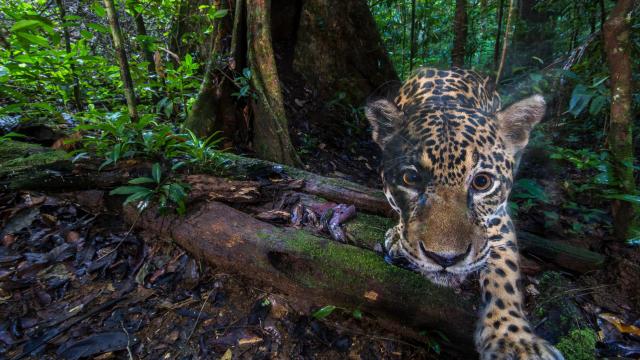All around the world, conservationists and biologists have hard drives full of millions of camera trap photos. Going through these images can be laborious and time-consuming, but a new program”a partnership between Google and several conservation organisations”simplifies the process with the help of artificial intelligence.
Wildlife Insights, an online portal with more than 4.5 million photos dating back to 1990, launched Tuesday. Anyone, anywhere can access the photos and pinpoint the location of wildlife. And the site also invites collaborators to drop their own camera trap images to map creatures around the world and grow the database.
The database creates a one-stop shop for wildlife camera trap data, which is cool in its own right. But researchers could analyse this data before Google’s help. Sorting through anywhere from 300 to 1,000 images could take up to an hour, though. The real benefit of Wildlife Insights is the machine learning aspect, which can analyse 3.6 million photos an hour. That saves researchers precious time from boring-arse tasks like inputting data into a spreadsheet.
All they have to do now is upload a set of images and let the Google-created artificial intelligence system do the rest, including flag blank images that sometimes make up most of the camera trap data. The only main data point conservationists may have to add are the GPS coordinates for specific camera traps as most of these cameras aren’t yet fitted with their own GPS system, Jorge Ahumada, executive director of Wildlife Insights from Conservation International, told Earther.
Freed of the tedium of data entry, conservation scientists now have more time and resources to easily analyse it to discover trends in species population size, predator-prey relationships, and how animals may be responding to human disturbances such as hunting.
“It’s a very intimate look into the behaviour and the ecology of these animals that you would not get unless you spend hours and hours and hours hiding in the forest with a camera, which most people cannot do and is very expensive,” Ahumada told Earther.
What’s more, the new program goes as far as to identify species in these photos. That was another datapoint researchers had to previously input manually, but the program is now trained to accurately identify about 100 species, Ahumada said. The team”which includes Conservation International, Smithsonian’s National Zoo and Conservation Biology Institute, World Wildlife Fund, and Zoological Society of London, among others”“¨accomplished this by inputting about 8.4 million images into the program initially to help train the artificial intelligence to recognise different animals.
The goal is that with each new photo added, the software will become more sophisticated. For instance, Wildlife Insights currently lacks data on Australian wildlife. Once camera trap data from that region enters the program, the team will first manually identify animals, training the AI to recognise species the next time.
This matters because stop funding climate denial). The new data and AI technology are among a suite of useful tools for creating conservation measures that can help lower the pressure on animals just trying to survive.
So far, the program remains in beta mode. Any random user can’t go ahead and upload photos, but that’s the ultimate goal once the website can support hundreds of users uploading photos at once. Browsing through the animals already identified on the database”wild boars in Malaysia’s Pasoh Forest Reserve or ocelots in Guatemala’s Parque Nacional Laguna del Tigre”showcases the wide array of wildlife that exists on our planet. These creatures are ultimately at the heart of the project. Their survival depends on humans to get their shit together.
“Having a lot of data is not the goal. The data is a means to the end, and the end is conservation,” Ahumada said. “The conservation of wildlife is essential to our own survival.” “¨
